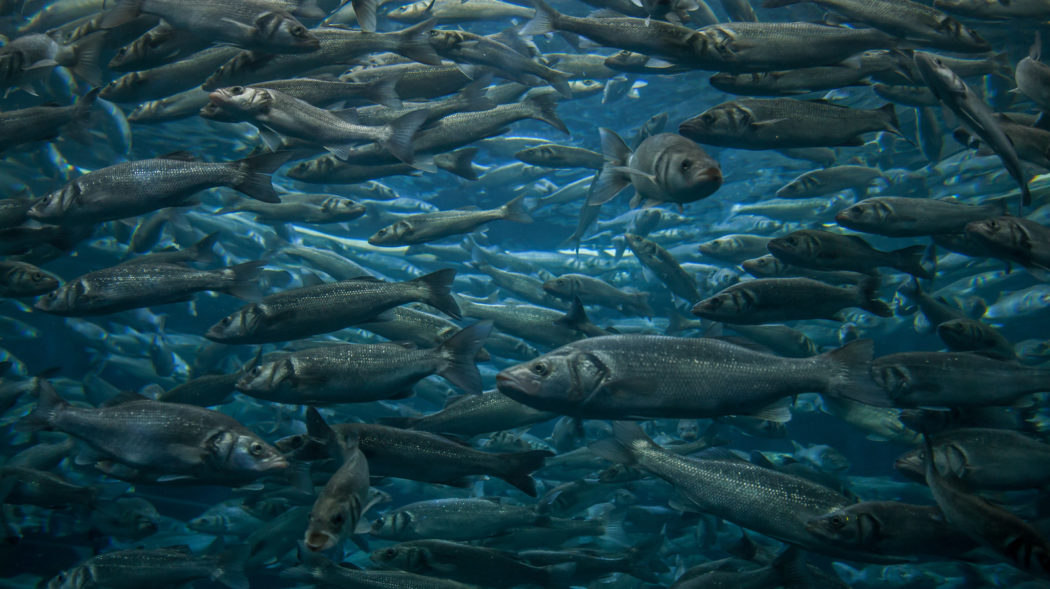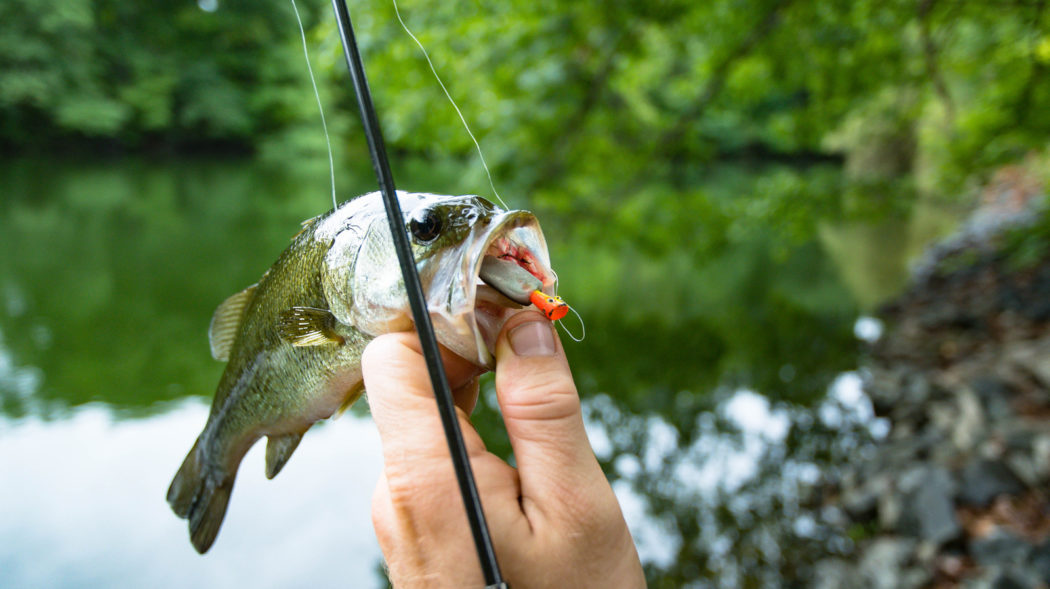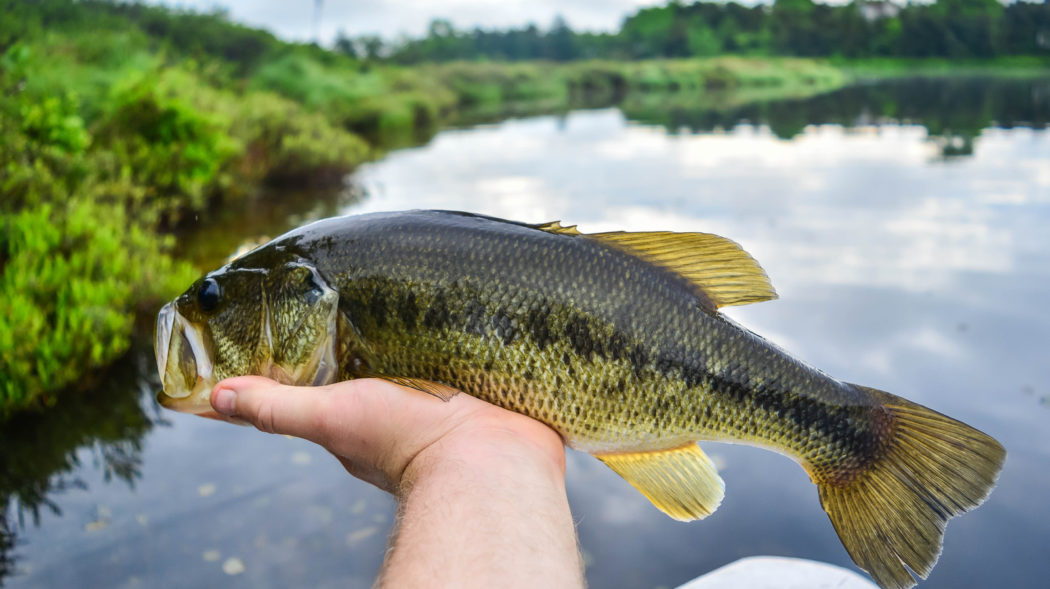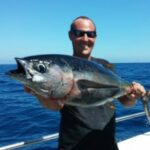What is Rip Rap Fishing?

Have you heard of rip rap fishing? Do you like to eat a bass? Maybe you should give rip rap fishing and try and see how it works for you. It is a great way to catch bass. Then I suggest that you try sight fishing for spring bass after you try rip rap fishing.
Rip rap refers to the places where bass can be found more than anything else. Maybe you see a group of rocks out in the water at your favorite lake or river you enjoy fishing. If you look closely along those rocks in the water, you will likely find bass hiding along the jagged edges, especially if there is no other natural cover around for them too high inside.
They use rip rap to help fortify the shores of natural lakes. Rip rap is also used to help make borders of artificial lakes to help prevent erosion. These jagged rocks along banks and extending naturally out in the water make great hiding places for bass. Rip rap is also a fabulous place to find baitfish.
The bass knows that a variety of small baitfish hides along these rocks and that it is an excellent place to find dinner.
What Are the Best Ways to Rip Rap Fish for Best Results?
Several things will enhance your chances of successfully rip rap fishing. If you know where to look, what lures to use, how to cast when to fish, and where else to look offshore, you should find yourself bringing in a bigger catch when you go rip rap fishing.

Where to Find the Bass
Bass hiding along with the rip rap always face toward the current. If you cannot tell which way the current is going quickly, the bass will likely have their nose going in the wind. When possible, to get the best results, try to fish upstream into the bass face. It would help if you caught a nice mess of fish this way.
What to Use When Fishing
When rip rap fishing, you will do well if you use a jig. Other things may work, like crankbaits and moving baits, but nothing works better than a jig. Emulating crawfish that make up a large portion of a bass diet jigs can easily be used in shallow and deeper water. You should also try some live bait, but if it does not yield results, be sure to test a jig before moving to another spot.
Repeated Casting is Essential
Casting into the rocks helps attract the bass. They hide in the minor cracks and gaps in the stones and may not see your first few casts. They dart out when they see something come into view. The deflection against the rocks represents a more natural situation where they usually find food. This process often fools them into taking the bait at a higher rate than when costing only once or twice, giving you a larger catch.
Fall and Spring
Bass will move into shallow areas along rivers and creeks in the fall to spawn. Shallow areas make great places to find them during this time of year. Another site is under bridges where they go looking for food to eat. Spring and fall are both excellent times to rip rap fish. Be sure to check areas with a steeper decline in the rip rap.
Fishing in Deeper Water
When it is over seventy degrees, bass tends to move to more deep water. When temps start dropping in the fall, they come back and live in the rip rap. When it is hot, they find the deeper areas where it is cooler for them. By the time the shad has spawned in the rip rap, they can come back since it is cooling down and go back into the shallow water.
When water is high, especially after dark, bass head to familiar areas along the rocks to hide. This is especially true after heavy rains or flooding.

To Conclude
Rip rap fishing is an incredible way to catch bass that many may not have tried yet. The way the bass hide in the jagged rocks and crevices and then feed on the small bait allows fishermen to know where to find them. It may take several casts before they take the bait, but typically you can catch more than in a lot of other places. It would help if you tried both live bait and jigs for the best results. Rip rap fishing is best in fall and spring since they move to deeper water when it is hotter.
As an Amazon Associate, Fishermen's Angle earns from qualifying purchases. We get commissions for purchases made through links in this post.
